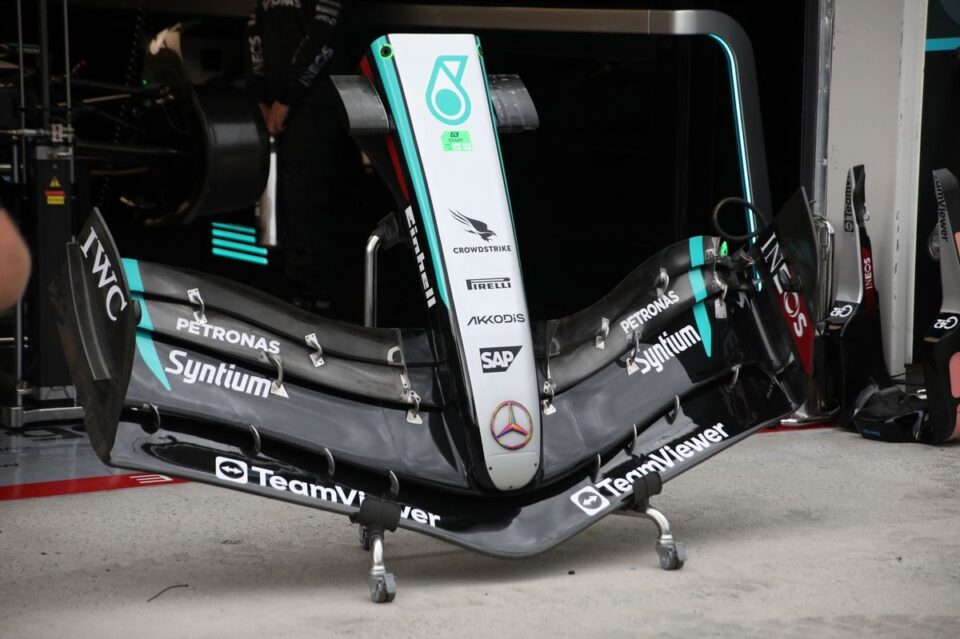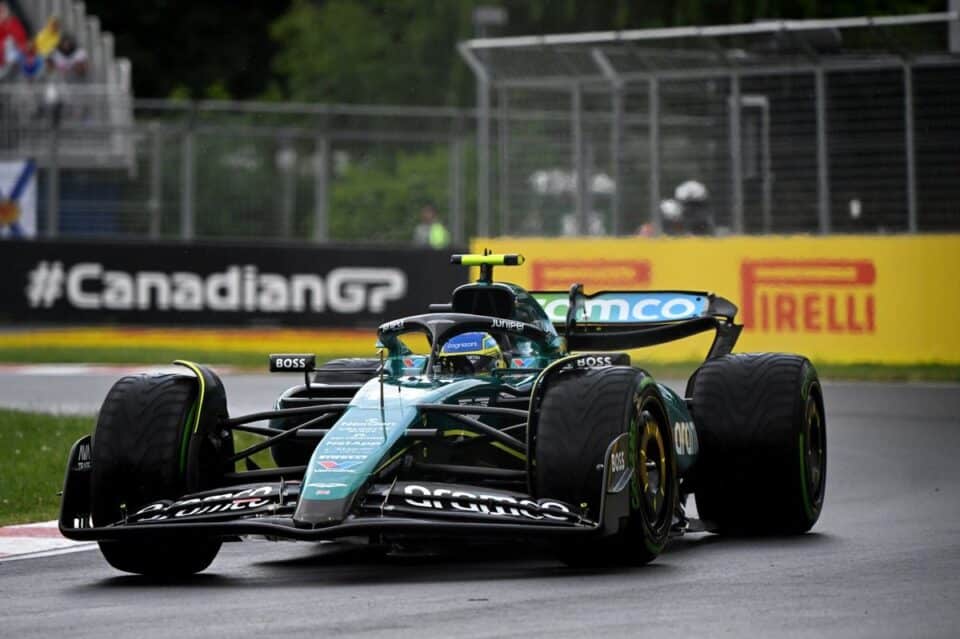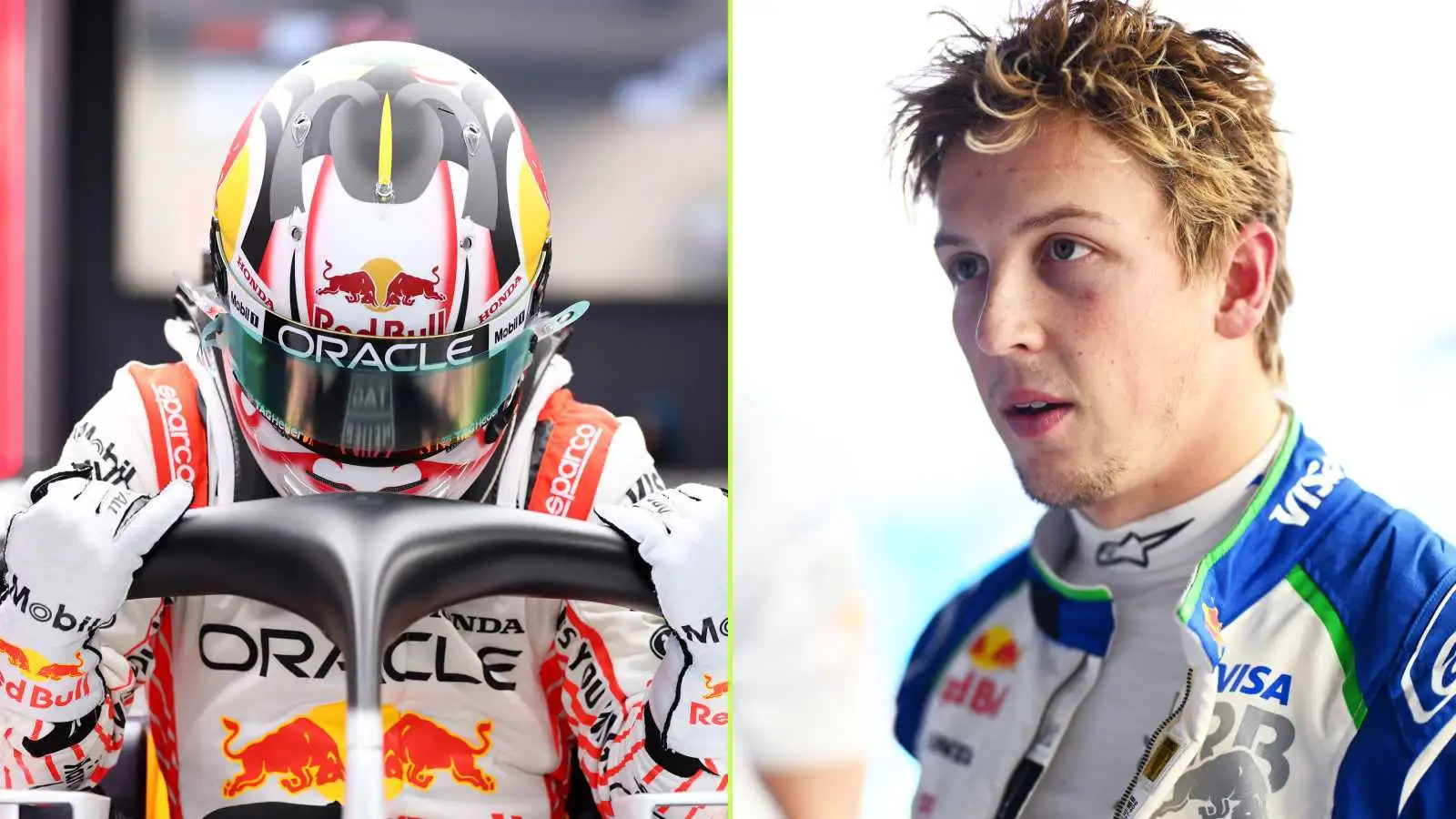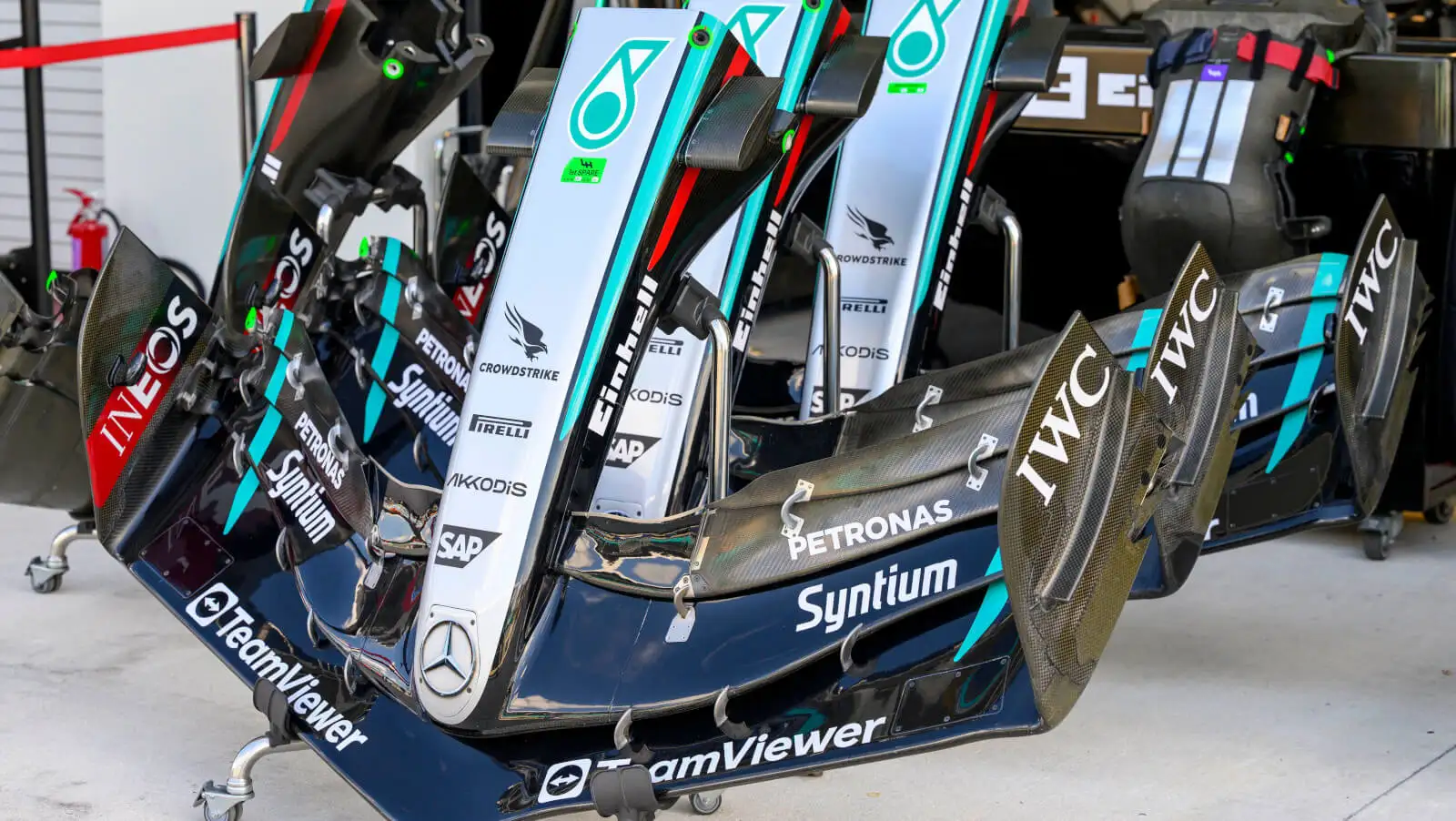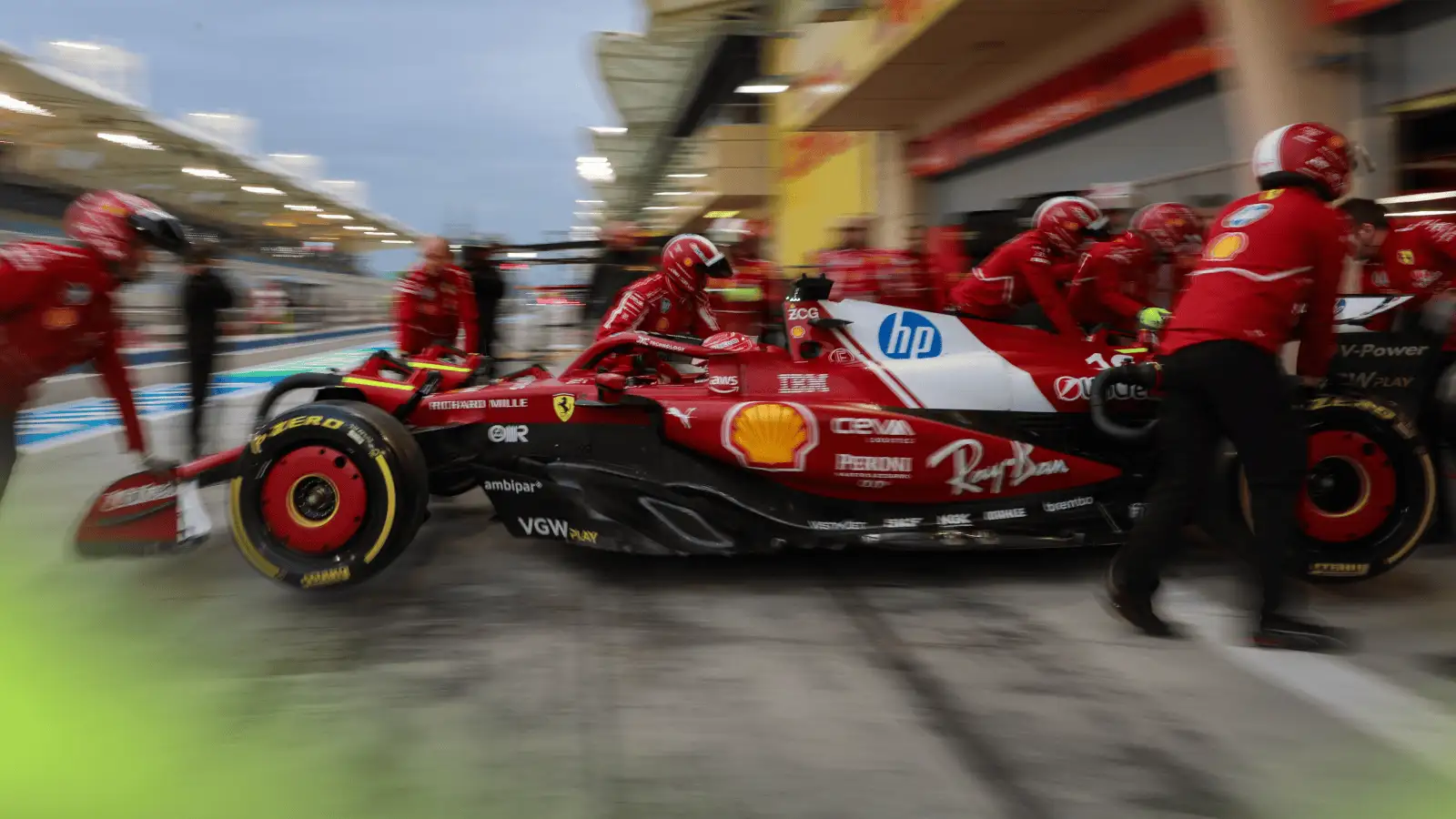Imagine tuning into the 2026 Formula 1 season and hearing that Max Verstappen won the Bahrain Grand Prix by using his +0.5 MJs on the final lap and deploying his manual override mode (MOM). That’s a glimpse into the potentially confusing future of F1 if the proposed regulations for 2026 are implemented. These changes, described as a ‘moderate revolution’ by FIA single-seater technical director Nikolas Tombazis, are raising eyebrows among teams and fans alike.
The main concern is that these new rules might alienate fans with their complexity. Over the years, F1 has introduced terms and acronyms like DRS, ERS, CE, SOC, DAS, and MGUK-H, which are already challenging enough to grasp. However, the 2026 proposals take this to another level with concepts like ‘Z-mode’ for high downforce and ‘X-mode’ for low drag, coupled with new power units, battery technology, and sustainable fuels.
Aston Martin’s team principal, Mike Krack, voiced his concerns, saying, ‘It’s a lot of engineering language. Z-mode, X-mode, energy management and so on. In terms of complexity, I think we need to focus on the product, the fan, and the spectator.’ He fears that driver interviews could become filled with technical jargon that most fans won’t understand, leading to a loss of interest.
Haas team principal Ayao Komatsu echoed these sentiments, suggesting that while the complexity might decrease over time, the language used is problematic. ‘Some part of the complexity is more in the language than in the substance,’ he said. However, he remains hopeful that the regulations will become simpler as they mature.
Another significant issue is the concern that F1 could lose its status as the pinnacle of motorsport. One source from the paddock even described the 2026 proposals as feeling more like ‘Formula 2.5’ due to the potentially lower speeds. Williams boss James Vowles emphasized the importance of maintaining F1’s leading position in motorsport, stating, ‘It’s imperative that we are still the leading series. We need to make sure that we’re maintaining the performance and speed we have.’
The restrictive chassis regulations also pose a threat to F1’s identity. While the move towards smaller and lighter cars is generally positive, the constraints could stifle design innovation. In a 2015 Motorsport Network Global Fans Survey, 86% of respondents opposed the idea of F1 becoming a spec series with identical chassis and engines. Komatsu added, ‘In terms of freedom of design, especially on the aerodynamic side… I’m not sure if that balance is hit right in terms of how things are prescribed.’ He believes that more freedom in aerodynamics is essential for F1 to truly represent the pinnacle of motorsport.
As the 2026 regulations are debated, the fear is that they might complicate F1 to the point of alienating fans and compromising the sport’s core identity. The challenge will be to simplify the language and ensure that F1 remains the leading motorsport series while preserving the freedom and innovation that define it. The balance between technical advancements and fan engagement will be critical in shaping the future of Formula 1.
Source: Motorsport ˙ Youtube

